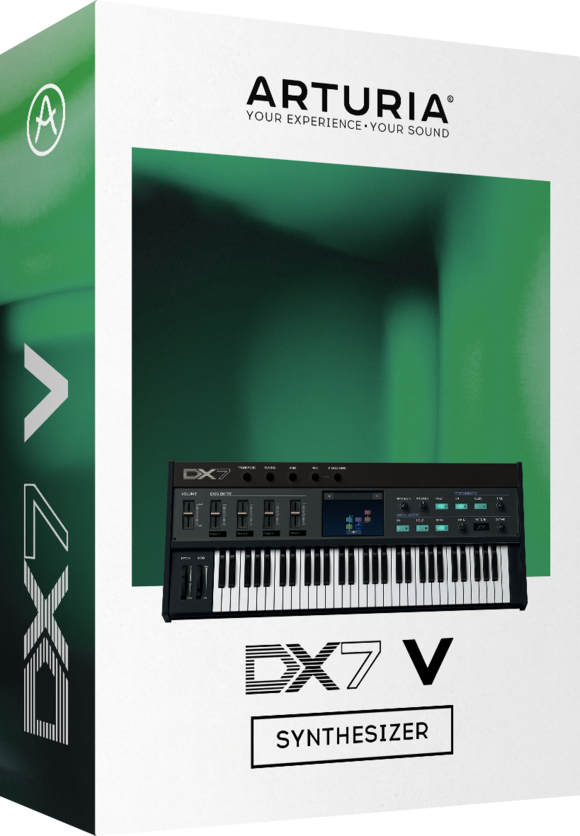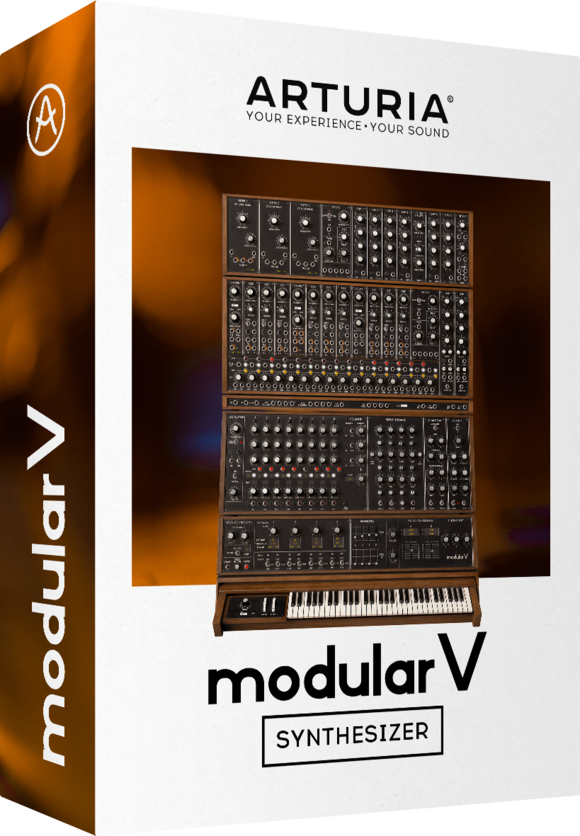3. Software Synthesisers
In order to explain the various types of software instruments, it makes sense to categorise them in a similar way to their hardware counterparts. This should also help you to find the right one for the job:
Software synths are the most common, and certainly the place where it all began - using a computer to model simple bits of analogue circuitry seemed like a perfect use of the technology. The analogue sound was also prevalent in the popular music of the time, and so programs like Rebirth and those that followed were a great success with musicians who couldnt afford the high prices that classic pieces of hardware commanded.
The driving force behind many software synth innovations has been German company Native Instruments. One of their early releases was a model of the legendary Sequential Circuits Prophet 5. It looks superb, sounds amazing, and behaves almost exactly like the real thing. From there, NI deconstructed the analogue synth and demonstrated that theres no reason to stay within the confines of traditional hardware when using a computer. Their flagship product Reaktor lets you create completely new synths, or even forms of synthesis themselves from the tiniest building blocks, to produce structures that would simply be inconceivable in hardware. They also produced the soft-synth that Yamaha wouldnt, which they called the FM7, based of course on the famous DX7, and which is even capable of loading old DX7 patches.

The modelling of hardware analogue synths continued, but it wasnt until French company Arturia pulled their Minimoog V out of the bag that the legendary Dr Moog was happy to put his name to it. On the release of their Moog Modular V, Dr Moog said "Arturia's Moog Modular V is a high quality computer emulation of the analog modular synthesizer that Moog Music® originally introduced... I am delighted that Arturia's Moog Modular V is adding a new dimension to an instrument tradition that has a special meaning to so many musicians." Arturia have since moved on to model the Yamaha CS-80 and Arp2600, to name only two. Amongst all this, its interesting to note how important the look and feel of software instruments has become - many promising soft-synths have failed simply because the interface didnt look right, or was too difficult to use.

Yhteyshenkilösi
Product Highlights
Tarjoukset
-
Sekvensseri- ja äänitysohjelmistot
-
Virtuaali-instrumentit ja -samplerit
-
Äänikirjastot ja sample-CD:t






